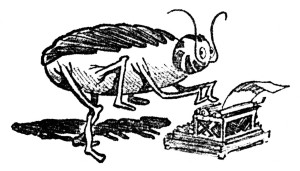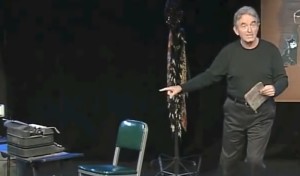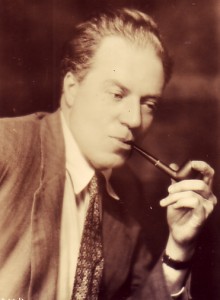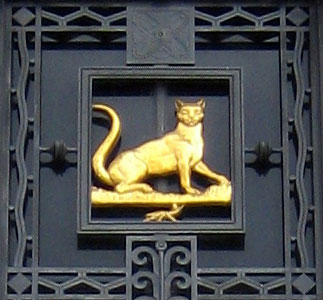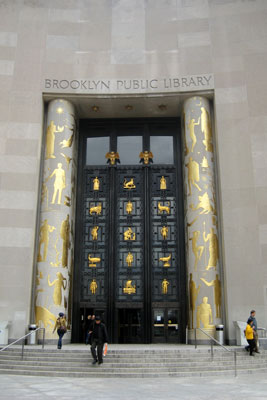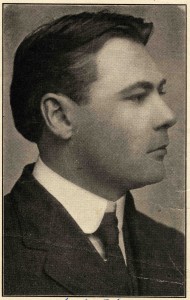UPDATE: The Blunderwood folks have reached their Kickstarter goal of $5,000, but they now have a “stretch” goal of another $3,000 to add gold-leaf lettering to the typewriter and purchase a more powerful projector. The deadline is June 27. And make plans to see the Blunderwood in Boston, July 25-26!
– – – – –
Archy and Mehitabel are the inspiration for a whimsical (and huge!) public art project coming this summer to a park in downtown Boston – and then to the Burning Man festival in Nevada.
A group of artists, welders and carpenters who call themselves the Cat and the Cockroach Collective are building a 24-to-1-scale model of a 1927 Underwood Standard portable typewriter, The reimagined Blunderwood Portable will be 20 feet square and 8 feet tall, with interactive keys able to spell out personal messages projected on an oversize sheet of paper when walked upon. Continue Reading →


